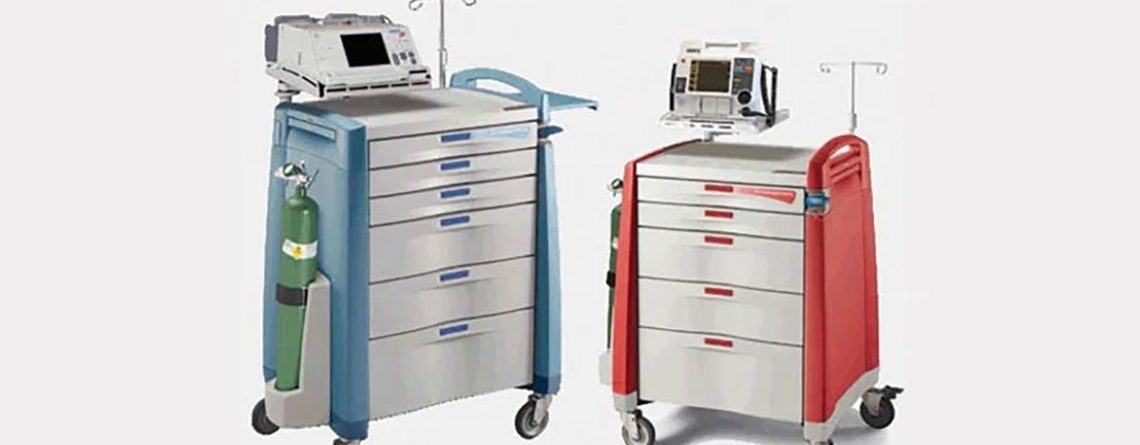Bug Catcher
Years ago, when camping, my friend’s children carried store-bought screened bug boxes around and they would catch insects. They tried to substitute the natural habitat by supplying sticks and bits of grass in these boxes, then watch the bugs crawl around.
Eventually, they would let them go. In yet another bug catching scenario, my friend went to the hospital for a normal routine procedure and came home groggy and began to feel unusually sick. Numerous visits to the hospital and doctor since, have not revealed the core problem. However, they predict a “bug” of some sort was picked up in the hospital.
This last scenario is a reality that hospitals face. Hospitals harbor many infections and the need to control the spread of those infections is vitally important. In the most recent news that I have seen 49 States have been hit with the Flu, and a large percent of those hospitals have told people to just stay home! Those in the warmer climates have even set up tents outside the ER to minimize the spread of infection.
“Infection preventionists working to replace medical carts or wood furniture that has outlived the life of the protective finish or has become absorbent to fluids and infections.”
To assist hospitals in doing all they can to prevent infection, some hospitals have made the decision to hire Specialists or Infection Preventionists. At Convergint, we hear from those Specialists. They are working to replace medical carts or wood furniture that has outlived the life of the protective finish or has become absorbent to fluids and infections.
Have you considered replacing your old wood carts? Accreditation Agencies are keeping watch for these failing surfaces. How about those metal carts with chipping paint?
Convergint provides ruggedly durable medical cart solutions that are built of material, and furniture made with High Pressure Laminate (HPL) or the new highly sought-after antimicrobial solid surface material, which we think will be the multi-generational cart of the future.
Interested in hearing how Convergint can help keep the “bugs” out of your Hospital? Contact us today with your cart needs!
Medical Equipment & Healthcare Solutions
Connect with Convergint at (800) 968-3135 to learn more about our commitment to delivering exceptional results to our customers through unparalleled customer service.




